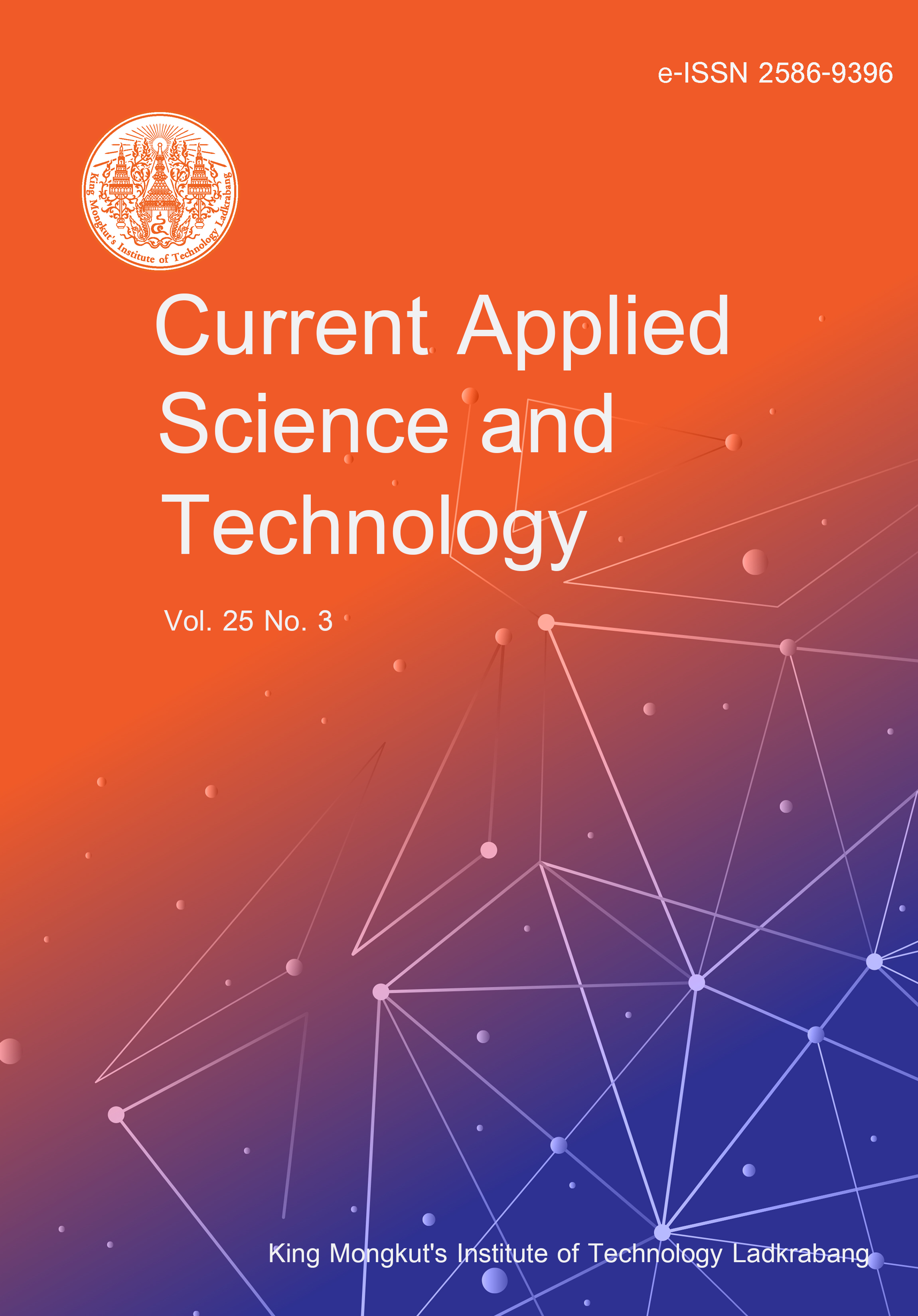One of the biggest economic and social concerns of the century will be the issues of water resources in the arid regions of the Mediterranean, where mismanagement of water resources is a threat to sustainable development. Egypt is one of the nations that will face significant issues due to its steady portion of the Nile water. Climate change influences the spatial and temporal distribution of water supplies and the amount of crop evapotranspiration. In addition, water use in agriculture is by far the highest and is frequently criticized as being the least efficient. So, gaining more output per unit of utilized water is the idea behind improving agricultural water productivity. Identifying water resources and improving water productivity techniques are essential in making the most effective use of agriculture in the Mediterranean regions. Freshwater resources in Egypt include the flow of the Nile, precipitation, and groundwater. Egypt also uses a variety of low-quality water sources including treated wastewater and agricultural drainage water, and desalination is also utilized to provide residential water for several regions along the Mediterranean and Red Sea coasts. In this paper, water resources in Egypt, its irrigation systems, methods of water-saving and improving water productivity are discussed.
Abdeen, S. . (2025). Sustaining Productivity of Egyptian Water Resources Under Climate Changes – A Review. CURRENT APPLIED SCIENCE AND TECHNOLOGY, e0258101. https://doi.org/10.55003/cast.2025.258101

